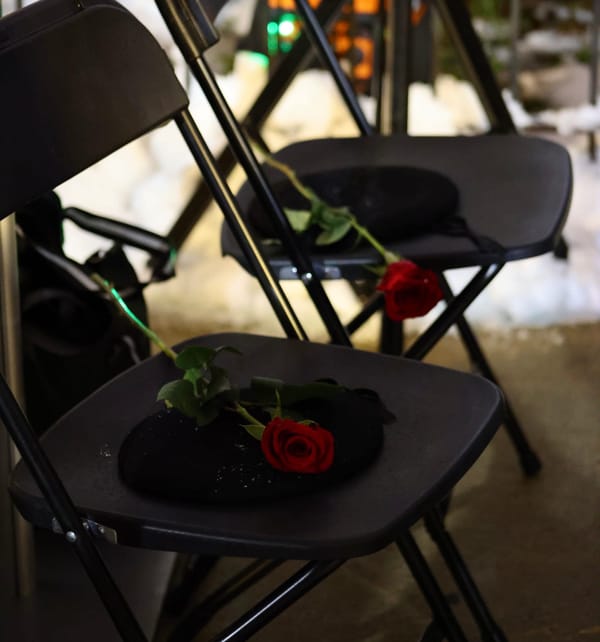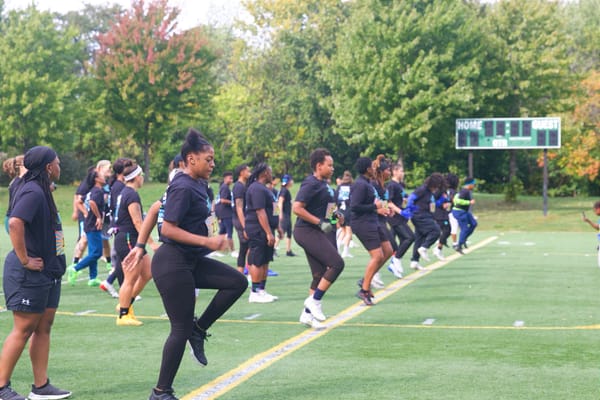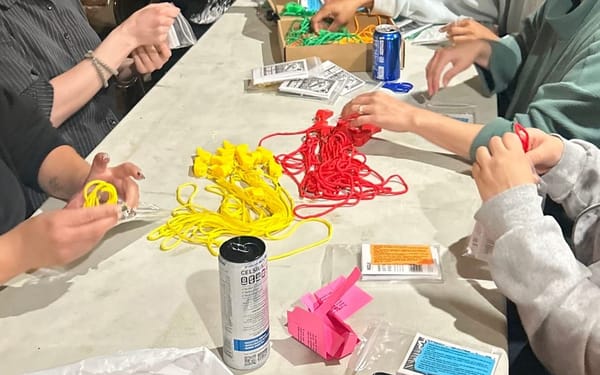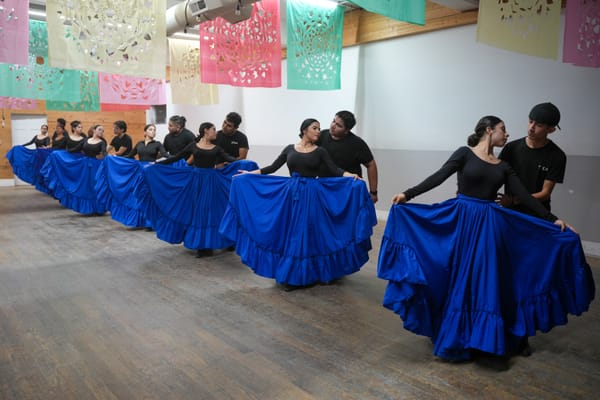Forgotten to flourishing: Heritage students transform school garden
Heritage Middle School students are learning that food doesn't just come from grocery stores; it grows from soil, seeds, and hard work in their seven-bed community garden.
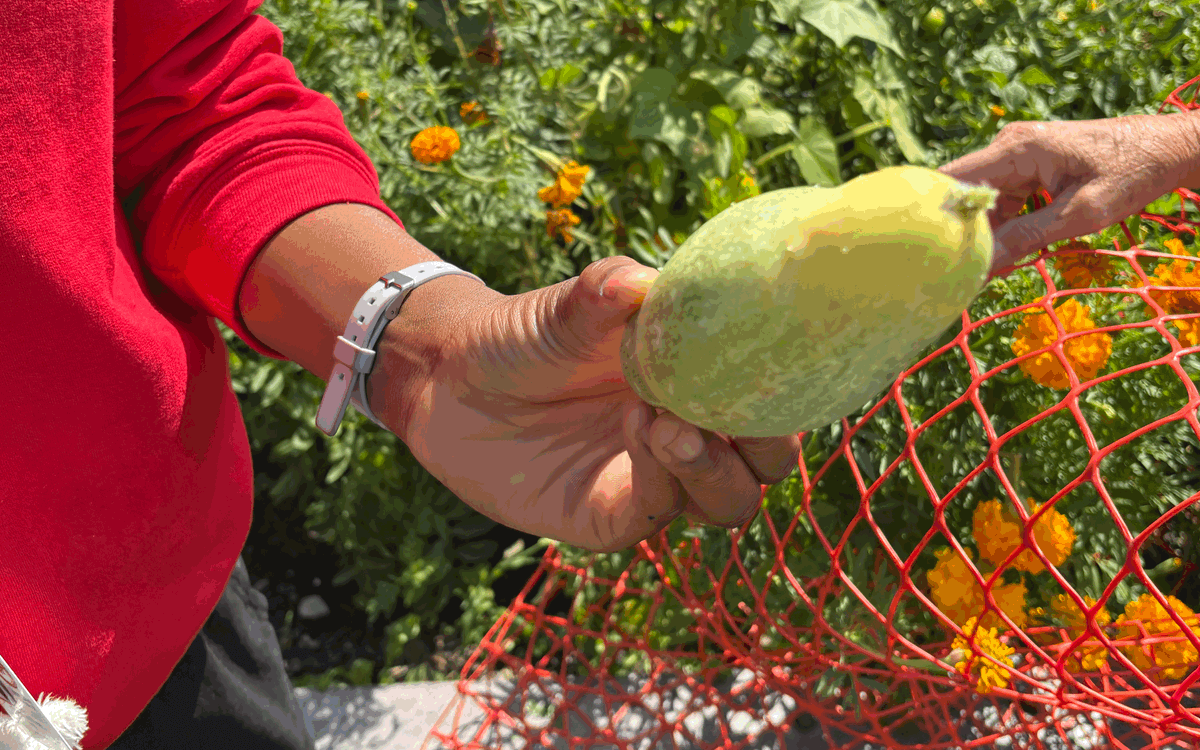
“When I got here … the outside looked like nothing,” said Sister Sharon Dillon, reflecting on her arrival at South Berwyn District 100's Heritage Middle School six years ago. “And I was just like, how can such a positive inside school [not look] positive outside? And then I noticed all these garden beds, and they were just all weeds.”
A lot has changed since then.
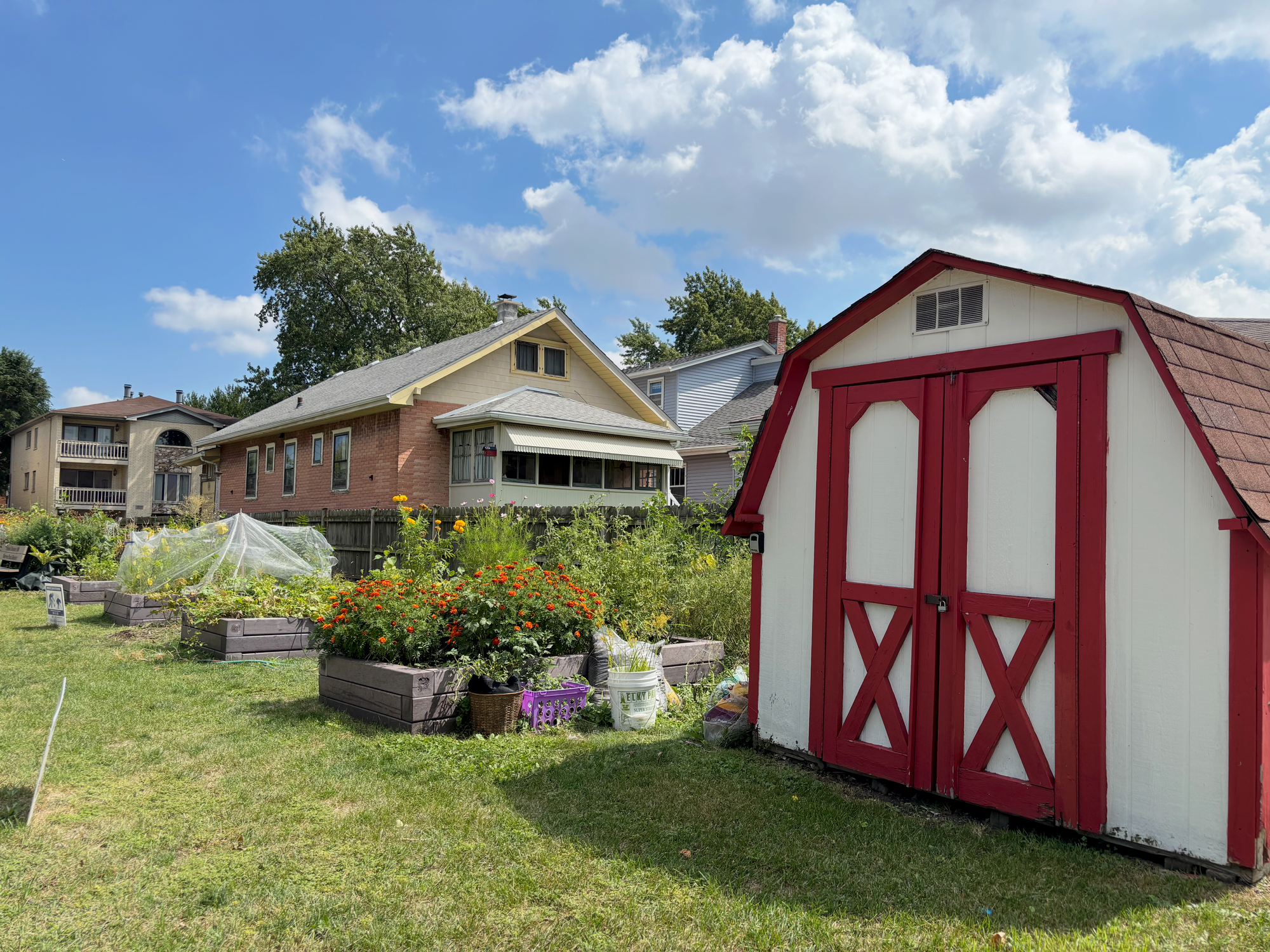
Now, Heritage Middle School's seven garden beds burst with cucumbers, collard greens, tomatoes, onions, garlic, potatoes, and jalapeños, plus herbs like mint, basil, parsley, and thyme. Marigolds in the first bed will be picked by neighbors and school staff for Day of the Dead altars.
During their class period, Dillon's sixth, seventh, and eighth-grade science students check each bed to see what needs weeding and what can be harvested. Most eighth graders have been working on the garden for over two years.
For some students, the importance of gardening is simple. “We need food,” said Lucas Prankus, an eighth-grade student in Dillon's class.
Dillon said her favorite part is “watching the kids really enjoy the dirt, like finding the worms, finding something, and asking me what it is.” She said the kids always get so excited when things begin to grow. And “that just keeps getting better and better every year.”
Sofia Garcia Marquez, an eighth-grade student in Dillon's class, says her favorite thing to see grow is the flowers. She sometimes picks jalapeños to take home. “My mom likes it,” Marquez said.
Somaya Price’s favorite memory from the class has been “coming out here enjoying the air, and planting.”
The garden has boosted students' confidence, according to Dillon. It's been good for the students' esteem to be able to “go out and say ‘hey my class did this, look at what we did’ and to show their friends something [concrete] that they’re doing,” she said.
Dillon’s classes have also helped to make outside areas around the school more vibrant by engaging in clean-up projects. “When we do Earth Week, we go out and we pick up all the trash around the neighborhood ... I can hear them sometimes, ‘I can't believe someone threw down trash there’, they're developing habits themselves to respect the Earth, that the Earth is where our food comes from,” Dillon said.
In class, they use toilet paper rolls to plant garlic. Now, “before they even throw a box away, they'll say, ‘Sister Sharon, do you need this for something?’”
The most striking impact is students' newfound understanding of food sources.
“I don't think before my class, they knew that food was grown, like they just would go to the grocery store, they didn't realize it came from the ground,” she said.
This movement extends beyond Heritage. Berwyn Roots—a gardening organization located at Serenity and Proska parks—currently hosts Family Days on select Sundays, for community members to work in the garden. On Fridays, they also collaborate with the public library, offering storytime in the park.
They have two community fridge locations for the items that they harvest. “We're kind of focusing now on the things that are harder to afford, the herbs, the spices, fresh teas ... in the future, we're hoping we will be able to put bushels of fruit in these community fridges to support them,” said Julie Roth, co-founder of Berwyn Roots.
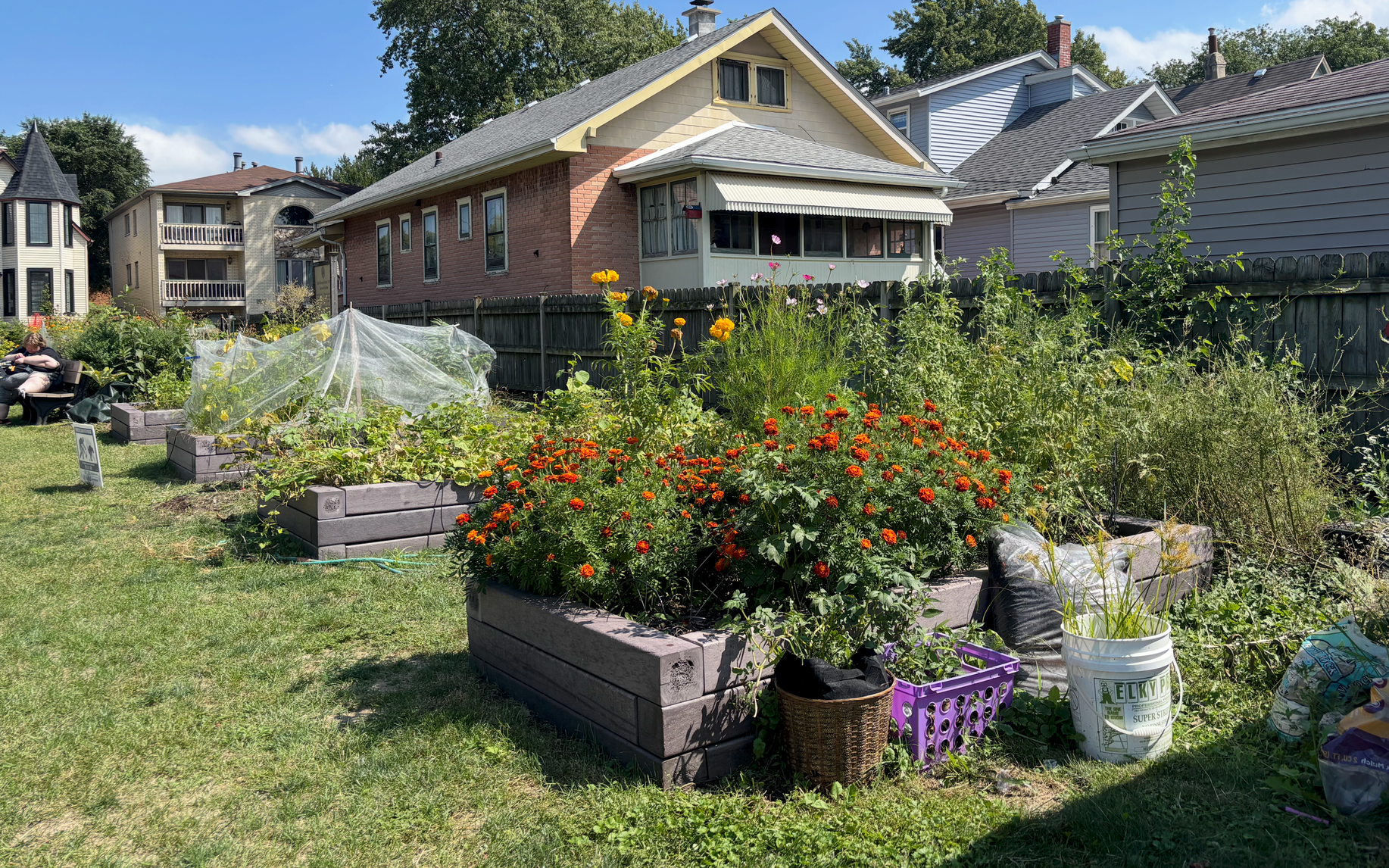
Those working with kids in gardens are noticing their previous lack of exposure to how food grows and ends up on their plate. “The idea of, like, eating something straight out of the ground, it just blows their mind,” Roth said.
Initially, students are hesitant. “It's been really interesting seeing them be kind of afraid to touch things … they don't want to taste things, they don't want to smell things,” Roth said. “But then by the time they leave for the day, [there] might be like, a handful of things they're taking home with them to try to taste.”
After making do with their own materials for the first couple of years, Dillon made a call to Home Depot and asked for donations to help with the garden. In the spring of 2022, “they put the nutrients we needed in our soil,” Dillon said. “They turned all our beds. They fixed our trees, which were dying all around the campus.”
Dillon also received a grant from KidsGardening, which provided materials to cover the beds and prevent animals from eating the plants. “If you don't cover it, the squirrels and the rabbit will eat them,” said Alex Adan, an eighth-grade student in Dillon's class.
The students work in the garden almost year-round. When they reach the first frost, they pick the green tomatoes, place them in newspaper, and into a brown bag in the closet. After a few weeks, they ripen. Outside, they turn the soil and put mulch over the beds until spring.
Dillon’s classes also engage in cooking projects. In the past, when they made pizzas, Dillon brought in fresh tomato sauce she made from the tomatoes they grew in the garden.
Urban farming requires creative solutions. Roth said that in their gardens, they don’t grow in the ground very often and try to teach people ways to make it accessible. “For example, we grow some things in pots and buckets, like food-grade buckets,” she said. “You know, most people can find a bucket or a pot sitting in an alley and have access to that.”
Berwyn Roots does most of its gardening in raised beds to avoid potentially harmful poison or runoff in the ground soil. “We do vertical gardening a lot to conserve space, growing things up instead of out,” Roth said.
One of Dillon’s goals is to get a grant for a new watering system. She also wants to add a greenhouse and start composting in the cafeteria, and use it as fertilizer.
Maintaining a garden takes a lot of work. During the students' summer break, Dillon came about once a week to make sure the garden was weeded, watered, and the food was harvested. She noted that sometimes she shows up to the school as early as 6:15 a.m. to take care of the garden beds.
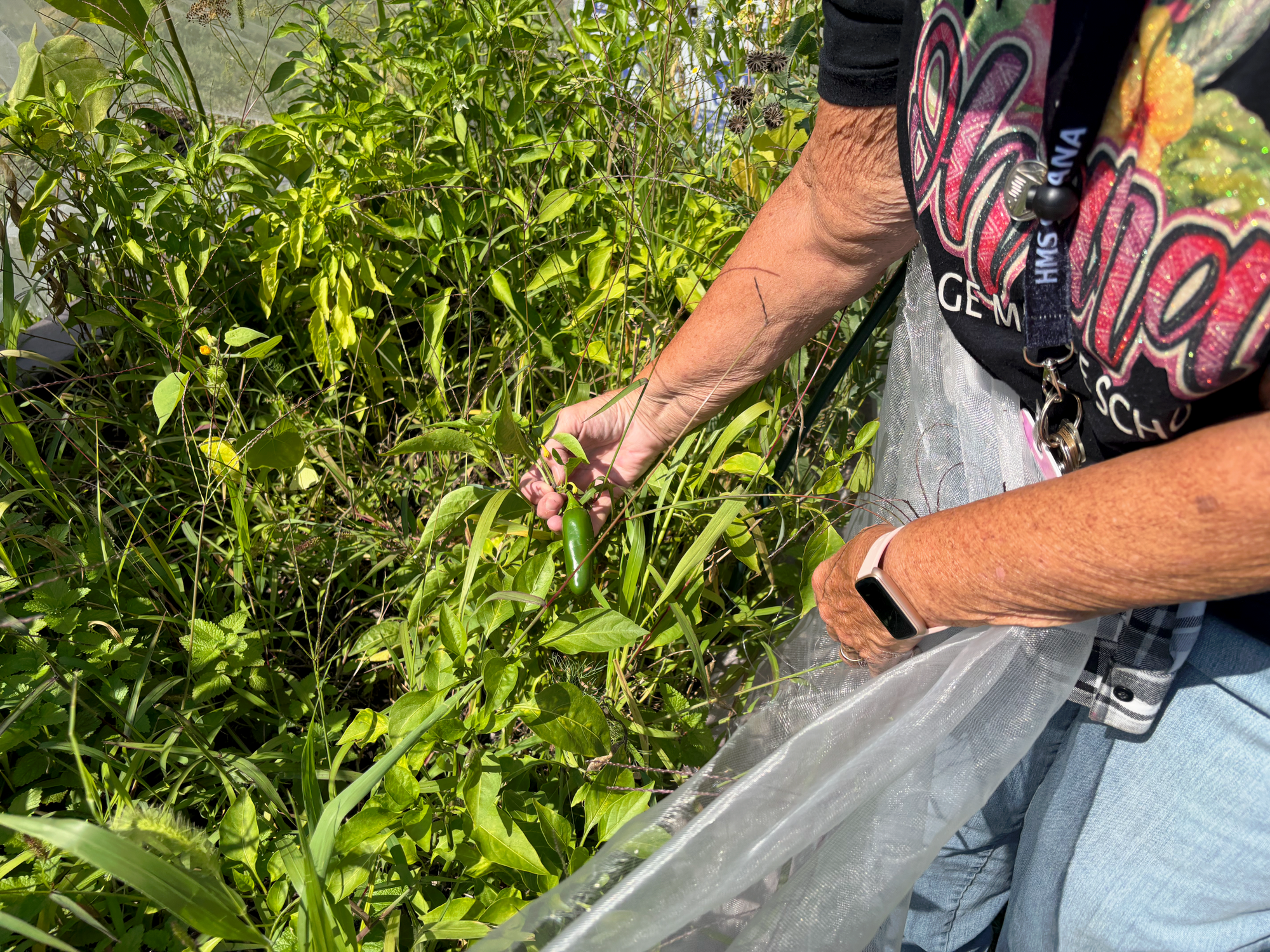
Roth emphasized the effort it takes as well. “The impact is so great, but you have to have a very strong, sustainable group to maintain it,” she said.
For Dillon, the work is worth it. “I think composting in general is important from the Earth to the Earth, and then I would love to see a compost system in the cafeteria and throughout the school, because we are considered a healthy school,” she said. “And to me, that's like one more step.”


